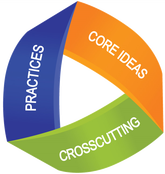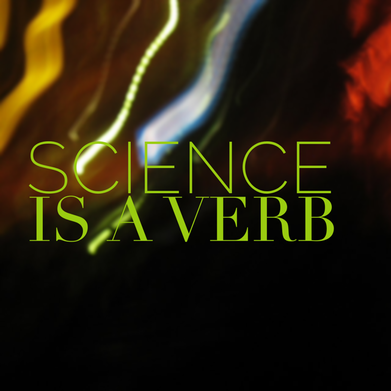SCIENTIFIC and Engineering PRACTICES
Set of things, not linear steps, that children do
when engaging in science, engineering, and the world.
when engaging in science, engineering, and the world.
|
~ Asking questions (for science) and defining problems (for engineering)
. ~ Developing and using models . ~Planning and carrying out investigations . ~Analyzing and interpreting data . ~Using mathematics and computational thinking . ~Constructing explanations (for science) and designing solutions (for engineering) . ~Engaging in argument from evidence . ~Obtaining, evaluating, and communicating information |


